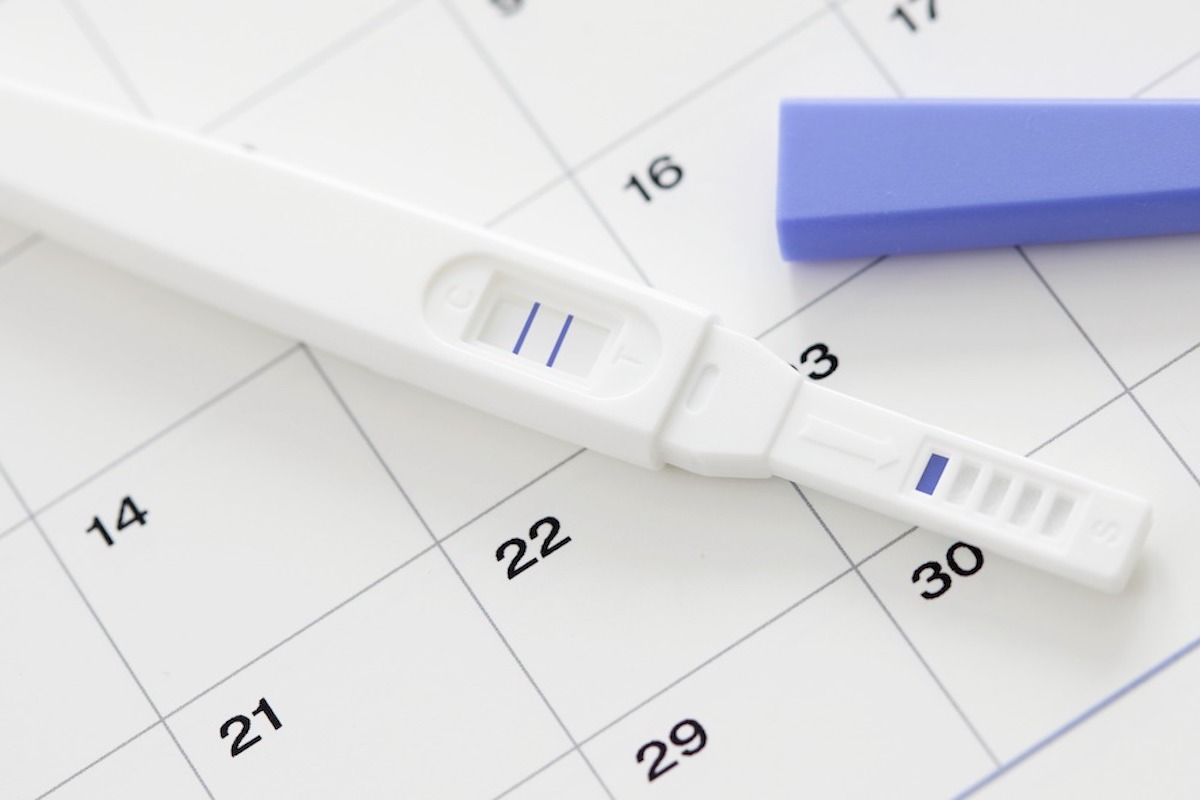I’m having difficulty finding info on the risks/benefits of different interpregnancy intervals. The American College of Obstetricians and Gynecologists (ACOG) recommends counseling “about the risks and benefits of repeat pregnancy sooner than 18 months” and then cites several articles, none of which I can access. When I asked my OB-GYN NP, she just said, “We don’t recommend shorter than 18 months.” But why? What is the quality of the studies? I get that less than six months is not great, but is a 12-month interval just as bad? As someone who hopes to have more children, how do I balance the risks of being pregnant once or twice over age 35 with risks due to having a shorter interpregnancy interval? What even are the risks to current and potential offspring or to me?
—Begging for more data
Your last point here strikes me as the most important one to consider. So often in pregnancy, we think of there being some default “safe” option. But as you point out, there often isn’t! Either you’re having too short a birth interval or you’re stepping into the dreaded Advanced Maternal Age. Is it better to have two kids 23 months apart or be an “elderly multigravida” (yes, that’s a thing)?
The WHO recommends at least two-year spacing between children (this would be, in fact, about a 15-month minimum interpregnancy interval). This is based on studies like this JAMA meta-analysis, which ACOG references and which I accessed. That paper finds an increase in risk of preterm birth, small size for gestational age, and low birth weight for pregnancy intervals shorter than 18 months. These effects are very large for an interval less than six months and quite small for the intervals longer than that.
A central issue, though, is that this meta-analysis includes a lot of studies from developing countries. In resource-poor settings, there is much more reason to think that the depletions of pregnancy would take longer to recover from. A short interpregnancy interval can increase risks of anemia and malnutrition, which make later pregnancies riskier. However: these issues are just much less of a concern in places where food security is more universal.
When the discussion is limited to higher-resource settings, any links become more tenuous, and to the extent that one sees any negative impacts, it is only for intervals of less than six months between pregnancies. Moreover, even these effects may be driven by differences across women. Perhaps the best study of this uses birth registry data, which allows for comparisons within women, looking at women with multiple birth intervals, some longer and some shorter. When comparing across women, that study finds that interpregnancy intervals less than six months are associated with increased preterm birth risk, but the same is not true when they look within mothers. (They do find that these very short intervals increase the risk of obesity at the start of the next pregnancy and of gestational diabetes.)
What if you had a C-section? Data suggests that the risk of complications from an attempted vaginal birth is higher if you get pregnant again within six months. But again, the compelling data here is on these very short intervals, not the longer ones.
Putting this together: in high-resource settings, the evidence for risks even of very short pregnancy intervals is relatively limited. These studies do not consistently suggest there would be risks to a pregnancy interval of 12 months, or 15 months.
A reasonable question to ask is: Why is 18 months quoted? One possible reason is that in many of these studies, the groupings of interpregnancy intervals are <6 months, 6-11, 12-17, 18-23, and then longer. Usually 18-23 months is the reference group, so everything else is compared to that. When we say the risks are higher for <6 months, it is compared to that reference. I do wonder whether, then, that reference takes on a particular meaning that is not supported in the data. As in, what if the grouping was 12-15 months and 16-23? Would you then be told not less than 16 months? We’ll never know! But for now, the data on waiting suggests you do not need to.

















Log in